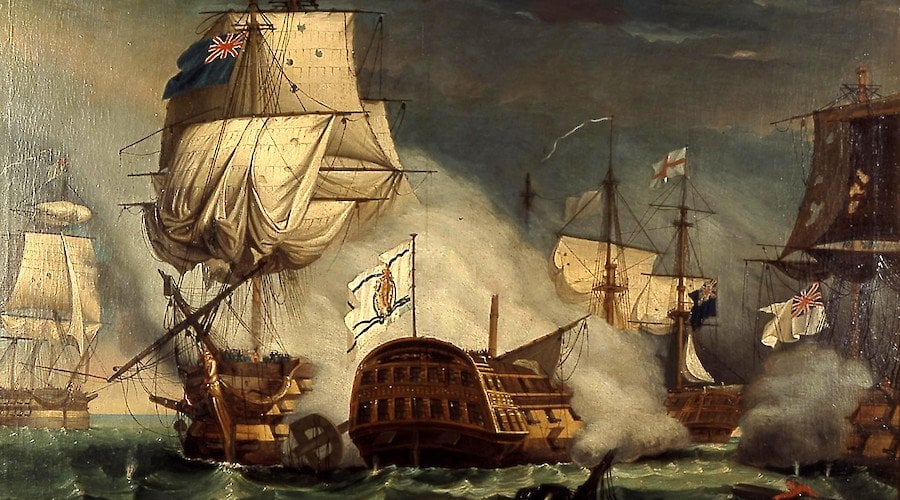Recovered Memories: Spain, New Orleans, and the Support for the American Revolution

As part of the 300th Anniversary of New Orleans, The Cabildo’s exhibit provides the visitor with an engaging and carefully documented survey of Spain’s contribution to the founding of the United States.
Recovered Memories: Spain, New Orleans and the Support for the American Revolution showcases Spain’s support for the American colonies prior to and during the Revolutionary War, as well as notable Spanish figures whose lives impacted the emerging new country. The exhibit takes the visitor on a chronological journey of Spanish-American relations, beginning with Spain’s own Age of Enlightenment during the reign of Charles III through the times of European and American revolutions to the technological advancements at the turn of the 20th century.
In addition to historical documents and works of art, also on display will be clothing of the period, musical instruments, maps of colonial America, among many other historical pieces.
About the Cabildo
The Cabildo was built under Spanish rule between 1795 and 1799, following the Great New Orleans Fire of 1788 that completely destroyed the structure that stood on the property. Designed by Gilberto Guillemard, who also designed the neighboring St. Louis Cathedral and the Presbytère, the Cabildo was the site of the Louisiana Purchase transfer in 1803, which finalized the United States’ acquisition of the Louisiana Territory and doubled the size of the fledgling nation.
The Cabildo served as the center of New Orleans government until 1853, when it became the headquarters of the Louisiana State Supreme Court, where the landmark Plessy v. Ferguson decision originated in 1892. The building was transferred to the Louisiana State Museum in 1908 and has since served to educate the public about Louisiana history.